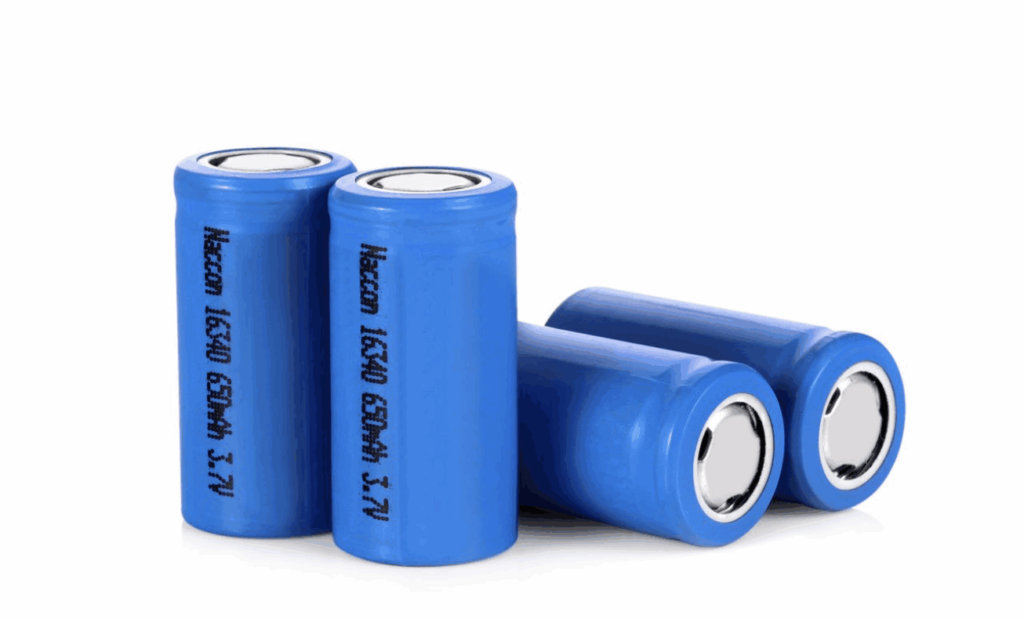Let’s Get Started
We’ve all been there—your devices are running low, and you need to stay powered up. Whether you’re in meetings, traveling, or on the go, a reliable power bank is essential. But with so many options, how do you choose the right one?
It’s not just about capacity—battery type is key to ensuring your power bank is safe, efficient, and reliable. In this blog, we’ll break down the most common battery types, their differences, and help you find the one that suits your needs.
If you’re a power bank manufacturer or OEM buyer, understanding these battery types will help you make smarter decisions. Ready to dive in? Let’s go!
1. What Are the Common Battery Types in Power Banks?
Lithium-Ion (Li-ion)
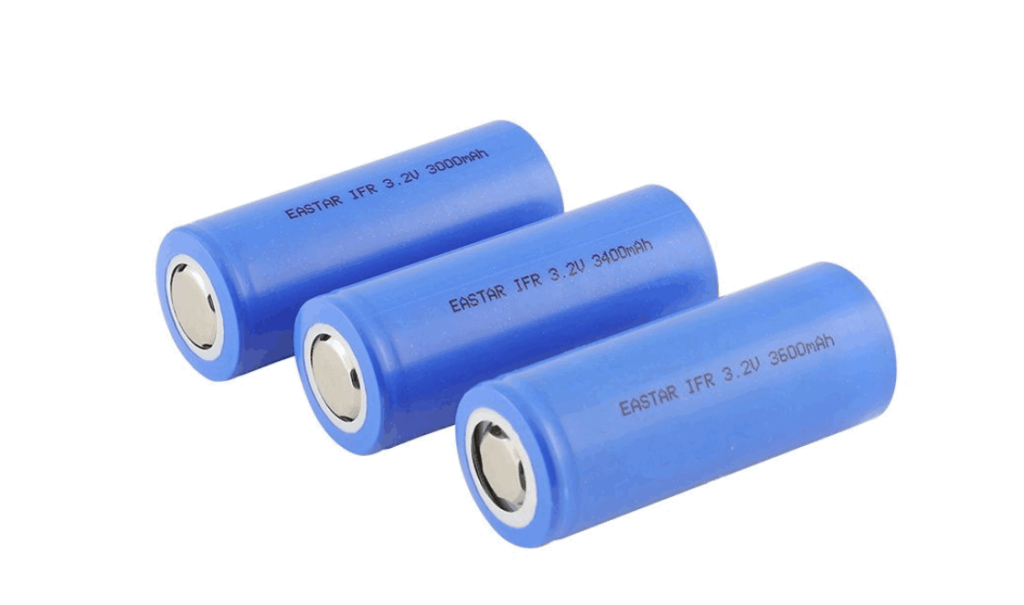
Description: Lithium-ion batteries are the most widely used type of battery in power banks due to their high energy density, lightweight nature, and long-lasting performance. These batteries offer a good balance between capacity, size, and weight.
Advantages:
High energy density
Relatively lightweight
Cost-effective
Disadvantages:
Can be prone to thermal runaway if damaged
Requires safety circuits to manage charging and discharging
Applications: Most consumer-grade power banks and electronic devices such as smartphones, laptops, and tablets use Li-ion batteries.
Lithium Polymer (LiPo)
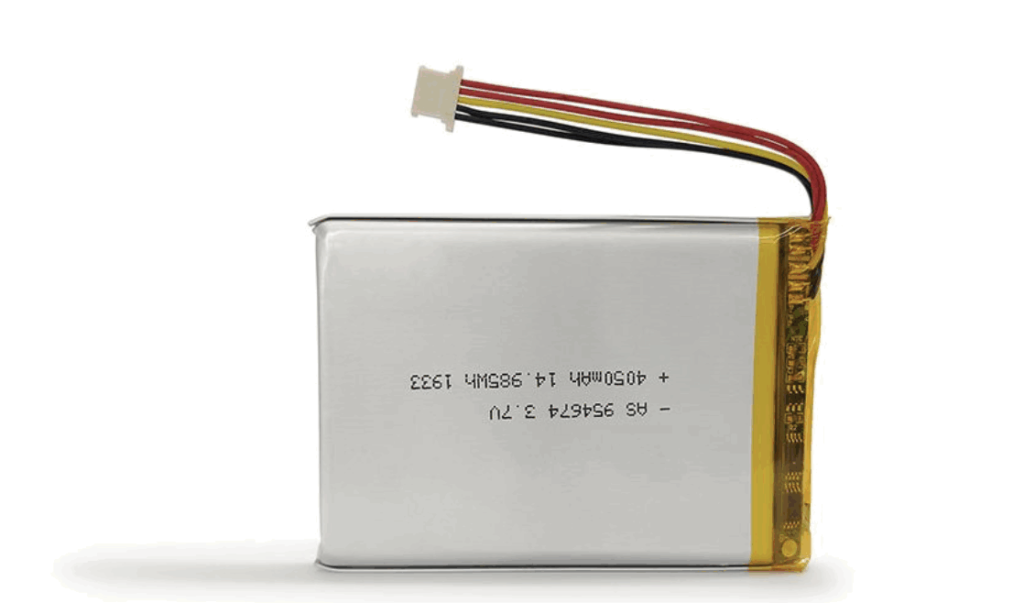
Description: Lithium polymer batteries use a gel-like electrolyte instead of a liquid one, which makes them more stable and less likely to leak. LiPo batteries are more flexible in design and can be molded into various shapes, making them ideal for ultra-thin power banks.
Advantages:
Flexible form factor (ideal for slim designs)
Less prone to leakage compared to Li-ion
Can support higher discharge rates
Disadvantages:
More expensive than Li-ion
Susceptible to swelling or fire if punctured or damaged
Applications: Common in ultra-slim power banks, drones, and portable electronics.
Lithium Iron Phosphate (LiFePO₄)
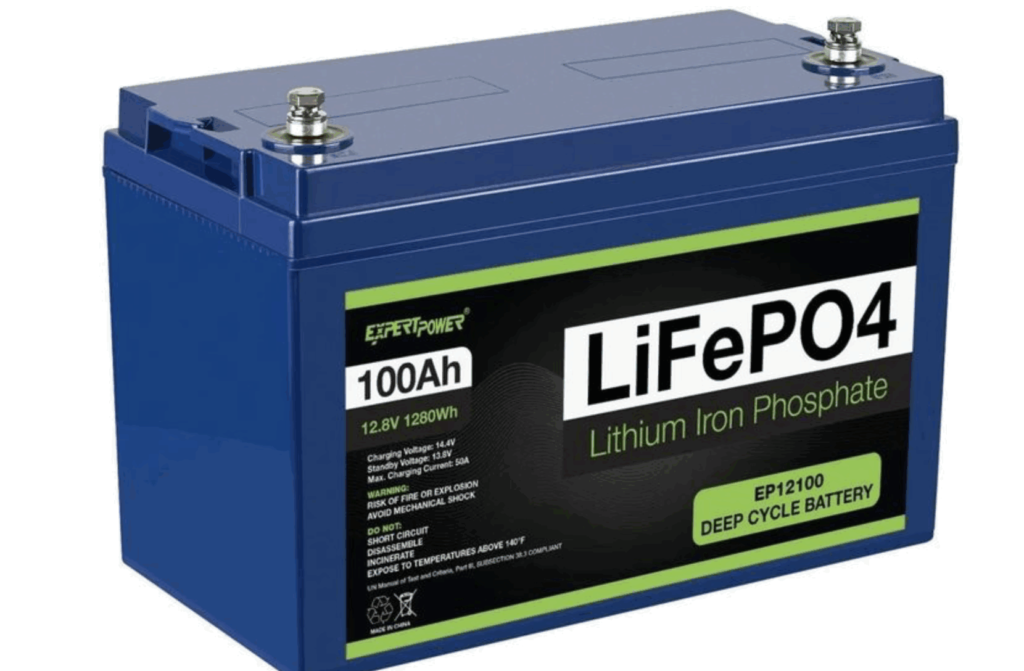
Description: LiFePO₄ batteries are gaining popularity in applications that require high safety standards. They are much more stable and resistant to thermal runaway than Li-ion and LiPo, although their energy density is lower.
Advantages:
High thermal stability
Longer cycle life (up to 5,000 cycles)
Safe under stress
Disadvantages:
Lower energy density compared to Li-ion and LiPo
Bulkier size
Applications: Power banks designed for outdoor use, high-safety applications, and industrial devices.
Nickel-Metal Hydride (NiMH)
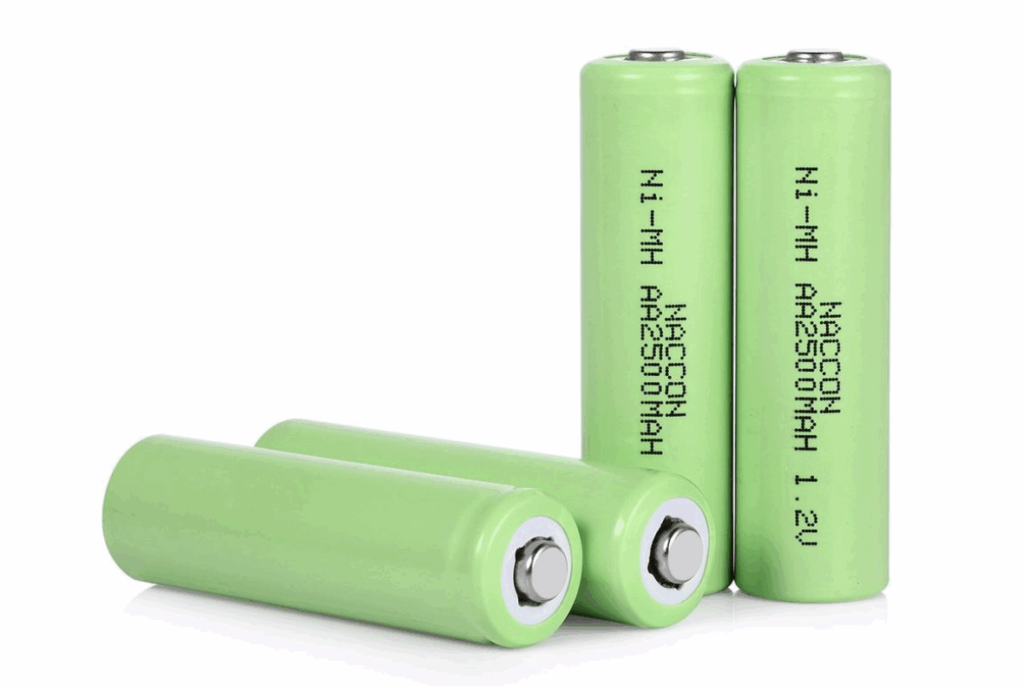
Description: While no longer as common in modern power banks, NiMH batteries were once a popular choice. They are known for their lower self-discharge rate, making them suitable for low-power applications.
Advantages:
Low self-discharge rate
More environmentally friendly than lithium-based batteries
Disadvantages:
Lower energy density
Less efficient in high-capacity applications
Applications: Older power bank models, toys, and emergency devices.
Solid-State Batteries
Description: Solid-state batteries are an emerging technology in the battery market. They promise to offer higher energy density, better safety, and longer lifespans compared to liquid-based lithium-ion batteries.
Advantages:
Higher energy density
Enhanced safety (no risk of leakage or fire)
Longer lifespan
Disadvantages:
Currently more expensive
Not widely available yet
Applications: Future consumer electronics, electric vehicles, and high-end power banks (likely to emerge in 3-5 years).
2. How Do Battery Types Impact Safety and Efficiency?
Safety Considerations
When selecting a power bank, safety is a key factor. Different battery types have varying levels of safety under extreme conditions:
Li-ion: Prone to overheating and fire if damaged or improperly charged. Safety circuits are essential for protecting against thermal runaway.
LiPo: Although LiPo batteries have a low risk of leakage, they are more susceptible to swelling, fire, or explosion if physically punctured or overcharged.
LiFePO₄: Offers superior safety, with a much higher thermal stability (thermal runaway occurs at over 270°C). This makes it ideal for high-safety applications.
Solid-State: With no liquid electrolyte, solid-state batteries are inherently safer and provide a much lower risk of fire or explosion.
Efficiency Factors
Efficiency refers to how well a battery stores and delivers energy:
Li-ion and LiPo: These battery types offer the highest energy density, meaning more power can be stored in a smaller and lighter package, resulting in more efficient power delivery.
LiFePO₄: Although less efficient in terms of energy density, LiFePO₄ excels in terms of long cycle life, making it an efficient long-term investment.
Solid-State: Expected to provide even higher efficiency in the future due to better energy density and faster charging times.
3. What Are the Regulatory Considerations for Battery Types?
Airline Transport Limitations
The International Civil Aviation Organization (ICAO) regulates the transport of power banks with lithium batteries:
Under 100Wh (about 27,000mAh at 3.7V): No declaration needed for carry-on items.
100-160Wh: Requires airline approval.
Over 160Wh: Prohibited for carry-on, but may be allowed in checked luggage with restrictions.
For example, a 20,000mAh power bank is approximately 74Wh, which falls under the 100Wh limit, so it can be carried without prior approval.
Safety Certifications
Make sure that the power bank you choose complies with international safety standards:
UL, CE, and RoHS: Ensure that the power bank has passed rigorous safety tests and complies with environmental regulations.
UN38.3: Required for lithium battery shipments to ensure that the battery meets safety criteria for transport.
4. How to Evaluate Battery Performance and Longevity?
Key Performance Indicators
When evaluating a power bank, consider the following metrics:
Capacity and Output: Ensure the battery has the required capacity (mAh) and output power (W) for your device’s needs.
Cycle Life: LiFePO₄ batteries offer a significant advantage here, lasting up to 5,000 cycles, compared to Li-ion batteries which typically last 500-1,000 cycles.
Temperature Resistance: Power banks used in extreme environments (e.g., outdoor use) require batteries that can handle a wide range of temperatures.
Self-Discharge Rate: LiFePO₄ has a low self-discharge rate, meaning it retains its charge for longer periods, making it ideal for emergency power banks.
5. What Are the Cost Implications of Different Battery Types?
Cost Breakdown
Li-ion: Generally the least expensive option, making it the most common choice for budget-friendly consumer products.
LiPo: More expensive due to manufacturing complexities and its ability to be shaped for slim designs.
LiFePO₄: Higher initial cost, but its long cycle life and durability make it a cost-effective choice in the long term for industrial and high-end products.
Solid-State: The most expensive option, currently in development, but will likely decrease in price as the technology matures.
6. How to Choose the Right Battery Type for Your Product Line?
Product Requirements
Consider the energy needs, size, and safety features of your products. Li-ion and LiPo are excellent choices for compact, lightweight devices, while LiFePO₄ is better suited for safety-conscious products.
Consumer Preferences
Consumers increasingly prefer products with long-lasting batteries and high safety standards. If your target market values durability and safety, LiFePO₄ or solid-state batteries could be the best option.
Supplier Capabilities
Ensure that your chosen power bank manufacturer can meet your specifications, whether it’s providing a cost-effective Li-ion solution or a more specialized LiFePO₄ battery.
7. Supplier Selection: What to Look for in Battery Manufacturers?
Certifications
Look for suppliers who provide necessary safety certifications such as UL, CE, and RoHS to ensure product compliance with global safety standards.
Manufacturing Capabilities
Check the supplier’s ability to meet production volume requirements and delivery deadlines. A reliable OEM power bank supplier should have the infrastructure to scale with your business.
Quality Control
Ensure that the supplier has robust quality assurance processes in place. Look for those who regularly test and verify their batteries for performance, reliability, and safety.
Cost Competitiveness
Compare costs across different suppliers, but ensure you are not compromising on quality. Long-term cost savings may come from choosing batteries with a longer lifespan (like LiFePO₄).
8. Conclusion and Strategic Recommendations
Choosing the right battery type for your power bank is a critical decision that affects safety, efficiency, and long-term performance. By understanding the pros and cons of different battery technologies, you can select the ideal solution for your business and customers.
Recommendations:
Focus on safety, efficiency, and cycle life when selecting battery types for your products.
Partner with suppliers who can meet your quality, certification, and scalability needs.
Keep an eye on emerging technologies like solid-state batteries to stay competitive in the market.
Are you ready to choose the right power bank battery for your product? Explore the best suppliers for OEM power banks today and elevate your products with top-quality battery technology!

